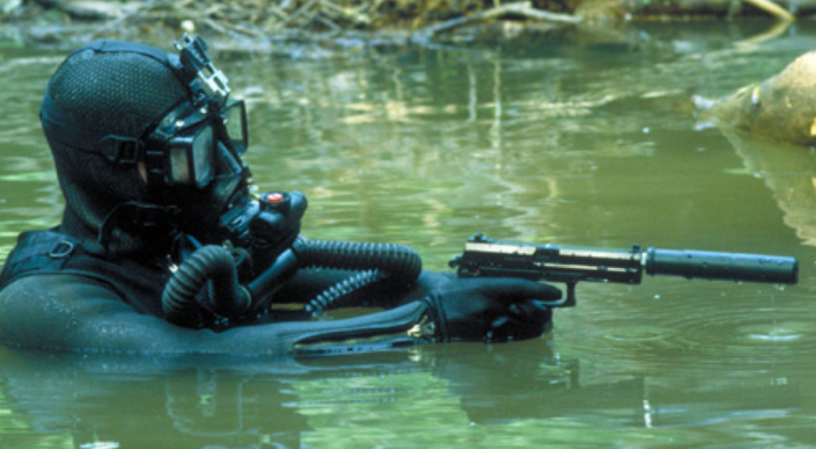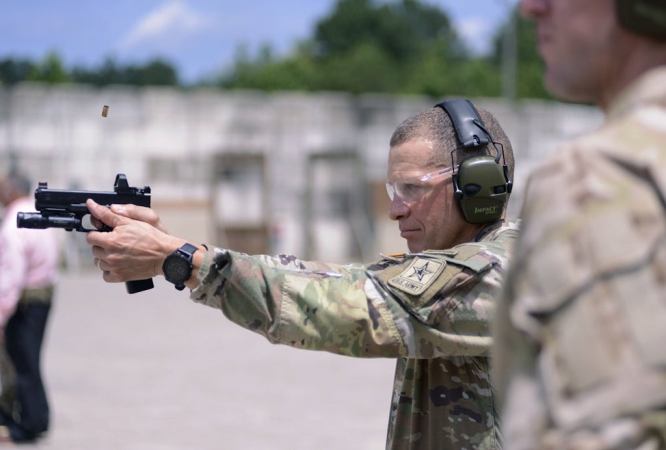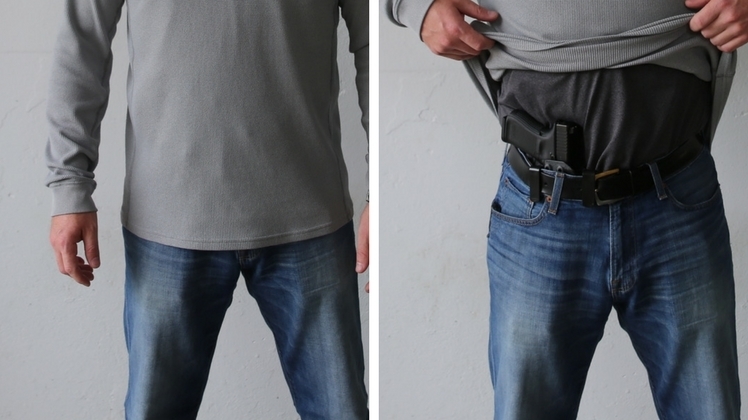Unless you’ve been living under a rock, you know the Pentagon — led by the Army — is looking for a new handgun to replace the 1980s-era Beretta M9.
The latest from the program office is that the Army is still in “source selection,” which means program managers are still trying to decide which companies will be finalists for a pistol that’s supposed to fit a wide range of troops, be convertible between a compact, subcompact, and full-size combat pistol, and be more accurate and maintenance-free than the existing M9.
While the specs for the so-called XM17 Modular Handgun System program have been on the streets for some time, the Army has just released an outline of how that pistol should be carried when attached to a trooper’s hip or anywhere else on his or her body.
According to a solicitation distributed to industry, the Army is looking for a holster that can be attached to a variety of items, including body armor, a utility belt or a trooper’s waistband, can work with a suppressed pistol or without, can fit a handgun with a laser sight and keep the handgun secure during combat operations.
In short, the Army’s looking for a holster that can do just about everything.
“Compact variant users may need to carry their handguns in an overt/tactical method in the course of their duties and it would be necessary for the full-size holster to accommodate the compact variant,” the Army notice says. “In the event a new handgun is needed, the existing holster will need to holster or adapt to holster the new weapon to ensure soldiers have a holster system available for use.”
Program officials suggest what they’ve dubbed the “Army Modular Tactical Holster system” could use a single attachment point and hold different shells to fit different-sized pistols or ones designed to for accessories like suppressors or flashlights. Shooting with pistol suppressors often requires pistols to be fitted with slightly longer barrels and higher sights in order for the shooter to properly zero in on his target, and a flashlight adds significant bulk to the slide.
Interestingly, the Army called for a retention system that did not have to be “activated” by the soldier like some holsters used by law enforcement where a lever is flipped over the handgun’s hammer or slide.

“Soldiers require the ability to draw handguns from holsters and re-holster with one hand reliably when transitioning from another weapon system, or when presented with a lethal force engagement with little or no warning when only armed with a handgun,” the notice says. “This requires that Soldiers be capable of drawing the weapon quickly with one fluid motion, attain a proper firing grip from the holster, engage enemy targets, holster the weapon and potentially repeat the process during the same engagement or in successive engagements. … Soldiers must be able to conduct draw and re-holster with one hand and without looking or glancing away from their near-target environment.”
All of this is to avoid the problem experienced with the popular Blackhawk! Serpa holster that many claim contributes to negligent discharges.

“No retention buttons, switches, levers, etc. will use the soldier’s trigger finger to release the handgun,” the Army says.
The Army also wants the AMTH to work both outside and inside the waistband for concealed carry environments.
That’s surely an ambitious list of specs for a do-all holster. And to top it off, the Army wants the base holster (without any accessory shells or attachments) to cost less than $100.
And industry has until early October to tell the Army what it’s got that can meet the AMTH’s lofty goals.










